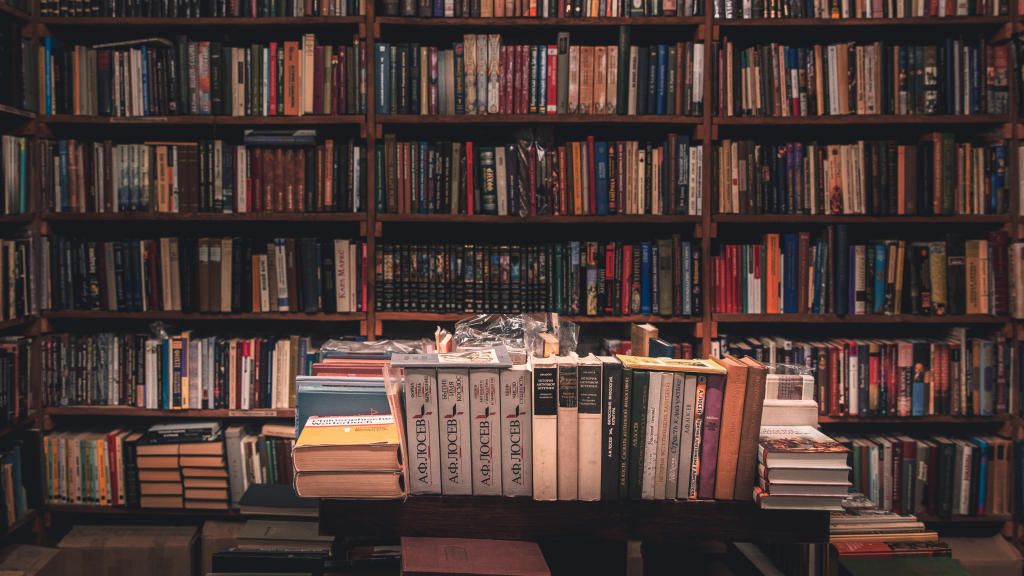Note: a version of this article previously appeared in the Winter 2019 issue of Mélange Magazine.
The storm-dampened scents of Dauphine Street gave way to something old and familiar as I opened the front door of the used bookstore.
Here in the heart of New Orleans, as in all places I visit, I’d inevitably found myself seeking out such places. Without a particular itinerary, and driven by multiple cups of chicory coffee, I found myself somewhat regrettably using Google Maps to suss out the oldest and most promising of these shops.
The smell embraced me immediately as I entered. If you’ve ever been around old books for any length of time, you know what I speak of. It’s somewhere between the dust and age of old houses and a bottle of vanilla in a woodshed. In these places, worthy treasures are never guaranteed; the calming scent of nostalgia certainly is.
Nostalgia, in this case, being the simple chemical reactions that physically occur in books as they age. As time passes, the wood pulp in a book’s pages breaks down into various organic compounds. Lignin, which makes up a generous portion of the pulp, produces acids, which in turn dismantle the pages’ cellulose. This process produces vanillin, benzenes, and hexanols, contributing vanilla-, almond-, and floral- and organic-like smells to the book itself.
This is partially what makes up what some lovingly refer to as biblichor, or “the smell of old books”. By comparison, the recently rained-on street mentioned earlier was imbued with petrichor, or “the smell after rain”. Ichor, the Greeks said, is the fluid that flows in the veins of the gods.
Given that it’s generally the hardcover books made between the 1830s and 1980s that used the pulping and adhesive processes necessary to produce what we consider biblichor, you’ll find less and less of it in volumes printed after the late 50s (when the paperback craze started to take off). Only in recent history have we begun to use materials and processes that deny the production of the scent of nostalgia.
Scent, as we know, is the most powerful accessor of memory- but also of imagined memory, of that nostalgia. You can feel it, in these old shops and old locales. Your mind, after skipping through your own memories, feels as though it’s touching the edges of others- of memories not your own.
There’s something nearly indefinable about old bookshops, something that draws many of us in, I imagine, without a specific purpose in mind. It goes beyond mere charm. This must be one of the reasons we seek them out, for what in the modern age affords us the rare luxury of true purposelessness?
That lovely lack of purpose, I suppose, lands right alongside the lure of the historical- history that can, in these places, end up being far more personal than a tour or museum. When we’re led by a guide (or by ourselves) to tours or museums, it’s with the purpose of encountering something enshrined- something important.
When we find ourselves wandering into a used bookstore, antique store, or the like, it’s not only the apposite lack of purpose that entices us, but the other side of the historical coin- things forgotten or discarded. Things left behind. The unimportant. While monuments widen our gaze within past ages, the trinkets and relics of the individuals from those ages do far more to transport us, and in turn, to ground us.
Among the wayward, proliferate stacks of the old books I navigated around in Dauphine Street, I uncovered a 1961 printing of the Lebanese poet Kahlil Gibran’s Sand and Foam, nestled in with several of his other works. One of Gibran’s trademark small, unassuming tributes to the meaning of language, art, time, and love, I found inside the cover that this particular volume had been gifted from one college student to another:
December 1962
Merry Christmas Brenda,
Gibran says that the obvious is that which is never seen until someone expresses it simply.
I hope these two books will help you see the obvious more clearly, as they have me.
Best Wishes as Always,
Gaye
On the following page, Brenda has marked herself as the owner of the book, along with an identifier of her residence at the time: Dorman Hall.
A bit of research shows that “Dorman Hall” was a dormitory at FSU in Tallahassee, built in 1959 after the Florida State College for Women converted to a coed institution in 1947. Researching the modern layout of FSU reveals that the original Dorman Hall was demolished in 2015; but a newer version has been built in its place.
I wonder if Brenda’s still around- happy, retired, perhaps writing a book of her own in her mid-70s. I wonder if she and Gaye remained friends. I wonder if she remembers this book, and whatever meaning it held for her.
Old bookstores make you wonder a lot of things, the least of which involve yourself and your place in the world.
Of course, with time being the great equalizer, this means that you’re as likely to find hidden treasures in one old shop as in any other. This would be proven to me somewhat humorously two years later, when someone pointed me to an even larger stack of old Kahlil Gibran volumes at a library sale in Hot Springs, South Dakota.
The territory of nostalgia is a mostly level playing field, no matter where you might find yourself. Whether it’s milk and coffee, old stone and fresh rain, or old wood and older books…
…all you have to do is follow your nose.
And leave your sense of purpose at home.
